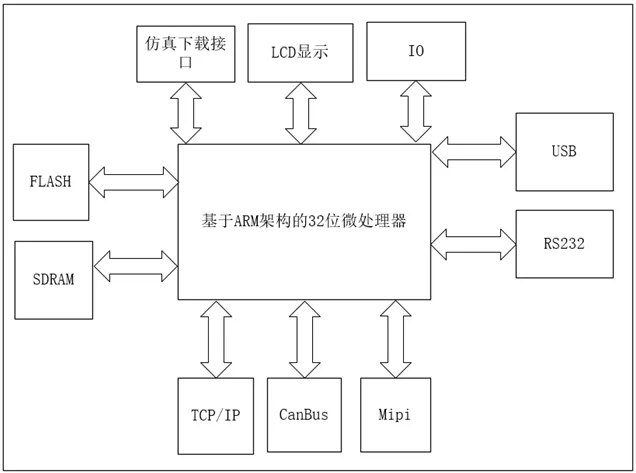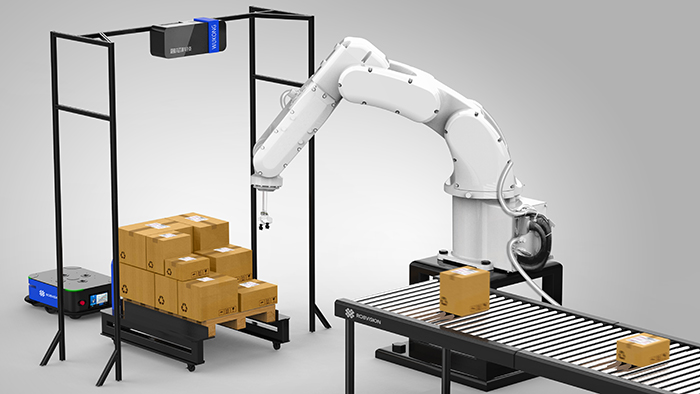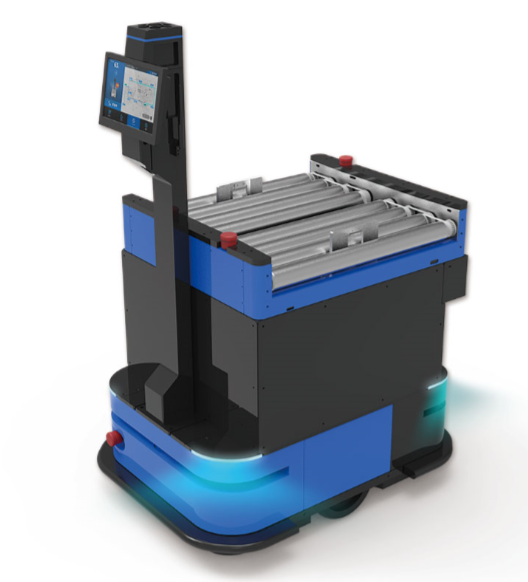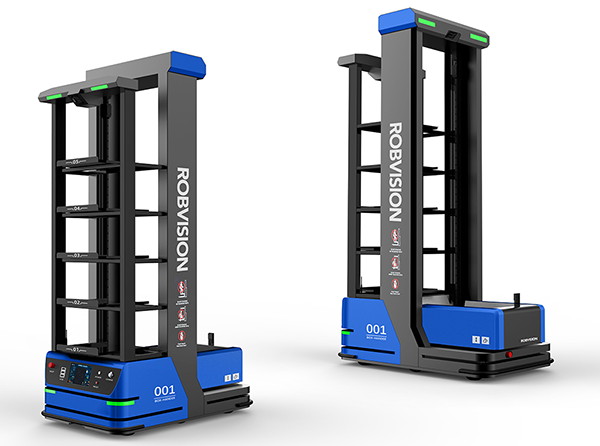With the development of network technology and grid computing, "ubiquitous computing" centered on embedded mobile devices will become a reality. From traditional industrial robots used in production and processing to modern entertainment robots that enrich the public life, they are inseparable from embedded. But the embedded basics we often talk about are microcontroller and core software and hardware systems.
Embedded advantages
On the hardware: low power consumption, good tailorability, high real-time (rich interrupts), small size, rich interface and peripheral resources, and some parallel computing.
Software: fast computing speed, basic FPU for floating point computing, real-time operating system (VxWorks, μCOS, freeRTOS, μClinux..., there are some open source real-time operating systems, such as RT-Thread), GUI Wait.

Embedded system block diagram
Embedded artificial intelligence
Almost all robots and smart devices use embedded devices, microcontrollers, ARM, FPGA, DSP, ASIC, and more. The embedded fire currently seems to be in the Internet and the artificial intelligence industry. This trend and status quo is related to the adaptability of the two areas, of course, related to the arm architecture and the advancement of various EDA tools. Even embedded artificial intelligence has developed into a new concept in the industry, opening up a pivotal branch in the AI ​​field.
The AI ​​technology and algorithm finally landed on the local embedded device to realize local real-time environment recognition, human-computer interaction, decision control and so on. Embedded artificial intelligence is a breakthrough away from the cloud and computing marginalization. With the increasing AI requirements of mobile devices, many computing will migrate from data centers to mobile devices for embedded edge computing.
Logistics robot
AI plus embedded devices are used in a variety of industries and fields, the most popular image recognition and voice interaction technology is used on a variety of mobile terminals, the concept of fire and the attempt to have automatic driving (after all, there is no mature market) ), virtual reality, etc., more commonly used in the logistics warehousing and automated production industries, such as drones, multi-axis robots, deep visual identification equipment and AGV.
The intelligent warehousing consisting of warehousing and logistics robots makes the heavy work in the warehouse simple and quick, saves human resources and improves work efficiency.
Briefly introduce several common logistics robots
1. Fix the multi-axis industrial robot arm robot, use the depth vision camera to detect the material, and carry out the mixing and unloading operation of the roller line.

WuKong3D VISION SENSOR Intelligent 3D Vision System
2, intelligent handling robots, automatic material handling operations, mainly have a piggyback, jack-up and roller type of operation.

Roller handling robot
3, forklift AGV, unlike the traditional manual driving forklift, the forklift AGV can carry out automatic driving and other tasks. It can accurately locate and fork goods, and realize various modes such as machine to machine, machine to ground, ground to ground, and stacking trays.

Stacker forklift AGV
4. Intelligent bin picking robot, highly flexible cargo-to-human robot, suitable for cargo positions of different heights, realizes automatic lifting, grabbing bins and handling work to realize warehouse automation.

Bin picking robot
Case Analysis
Logistics robot hardware is generally composed of several modules: power module, motor drive module, sensor module (infrared sensor, ultrasonic sensor, vibration sensor, camera, depth camera and laser radar sensor), processor, display, speaker module, etc. . These modules together form an embedded hardware system that provides the basis for the various functional implementations of the robot.
The embedded processor of the logistics robot generally has the main work contents, one is used to run the robot system, the second is used to collect sensor data, or the two are combined into one, and an embedded chip is used for robot system and sensor data processing.
The current embedded chip running robot system may be slightly worse in performance than the x86 architecture chip, but the general task is enough to use, and even the dedicated embedded AI chip can accelerate the system data processing. The more popular robot operating system ROS (a very good platform for robot learning), responsible for the operation of the entire robot task, sensor data reading, SLAM, navigation, object recognition, speech recognition, motion planning of the robot arm and connection to the Internet, etc. . (Friends with experience or interest in this area are welcome to send your resume to Blue Core's HR.)
Future prospects
In recent years, the AI ​​industry has developed explosively, and various Internet industries have entered the artificial intelligence entity equipment. The industrial Internet applications of Ali and Tencent, the Apollo of Baidu and the unmanned industrialization process of car companies are all the same. intelligent.
In 2019, more companies will switch from the Internet or other fields to the artificial intelligence real economy, promote platform construction, create an industrial ecology, and accelerate the development of the AI ​​industry.
Future embedded in the single-core performance and multi-core multi-threading direction will be more developed, the development of dedicated AI processors is more and more mature, processing computing power is greatly improved, occupying more important in the field of human-computer interaction and AI. Status, accelerate the development of AI technology, and advance the historical process of AI technology and applications.
This article belongs to the original article reproduced, please indicate Hangzhou Blue Core Technology Co., Ltd.
Crawler Excavator,Mini Crawler Excavator,Mini Hydraulic Crawler Excavator,Crawler Excavators 800Kg
Shandong Hexu Machinery Equipment Co.,Ltd , https://www.sdhxmachinery.com
![<?echo $_SERVER['SERVER_NAME'];?>](/template/twentyseventeen/skin/images/header.jpg)